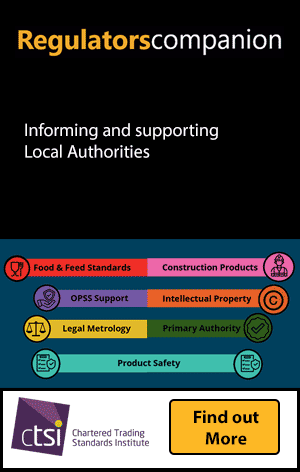Scottish Government
|
|
Health inequalities statistics released
An Official Statistics Publication for Scotland.
Scotland’s Chief Statistician yesterday announced the publication of the latest Long-term Monitoring of Health Inequalities report.
The gap in health outcomes between the most deprived and least deprived areas of Scotland is reported for a variety of indicators in absolute and relative terms, including premature mortality, baby birthweight and a range of morbidity and mortality indicators relating to alcohol, cancer and coronary heart disease. An indicator measuring drug-related hospital admissions has also been included in the report for the first time.
Main findings
With the exception of the indicator tracking healthy birthweight, significant health inequalities persist for each indicator covered in the report.
In a number of indicators, absolute inequalities (the gap between the most and least deprived areas) have narrowed over the longer term:
- Coronary Heart Disease Mortality - the gap is currently the lowest across the time series and less than half what it was at its peak in 1998.
- Alcohol-Related Admissions - the gap has reduced by 46% since the start of the time series in 1996 and is currently at its lowest level.
- Alcohol-Specific Mortality – the gap has reduced by 60% since its peak in 2002 and is currently the third lowest in the time series.
The gap in premature mortality rates has increased to its highest point since 2008, although the gap remains lower than at the start of the time series.
Whilst the gap for all-cause mortality (aged 15-44) reduced to its lowest level in 2013, it has increased in each of the last five years and is currently 34% higher than at the start of the time series in 1997.
The gap for drug-related hospital admissions has increased in each of the last five years and it has almost tripled since the start of the time series in 1996/97.
The gap for low birthweight has reduced from its widest point in 2004. However, the gap has fluctuated in recent years, and is currently only 8% lower than at the start of the time series in 1996.
For the other indicators in the report, there has either been little change or long term trends in the absolute gap are less clear:
- Heart attack Admissions
- Cancer Incidence
- Cancer Mortality
- Healthy Birthweight
Relative inequalities
The relative index of inequality (RII) indicates the extent to which health outcomes are worse in the most deprived areas compared to the average throughout Scotland. It is possible for absolute inequalities to improve, but relative inequalities to worsen.
There are three morbidity indicators for which the RII can reasonably be compared with one another: alcohol-related hospital admissions; heart attack hospital admissions; and cancer incidence.
Amongst these, relative inequalities in alcohol-related hospital admissions have remained highest over the longer term. Relative inequalities in heart attack admissions have increased in recent years and cancer incidence inequalities have remained relatively stable.
Amongst the three comparable mortality indicators (CHD deaths, alcohol-specific deaths, and cancer deaths), relative inequalities in both CHD mortality and cancer mortality have increased over the long term whilst the RII in alcohol-specific deaths have shown more year to year fluctuation and is currently the lowest in the time series. However, relative inequalities in alcohol-specific deaths remain higher than the other comparable mortality indicators.
Of the other indicators in the report, the two indicators relating to premature mortality (under 75 and aged 15-44) have both shown increases in RII over time.
Background
Read the full statistical publication.
A Ministerial Task Force on Health Inequalities was established in 2007 to identify and prioritise practical actions to reduce the most significant and widening health inequalities in Scotland. A technical advisory group was set up in early 2008 to advise the Task Force on long-term monitoring of health inequalities. The group recommended a range of indicators to be monitored over time, as reflected in this report.
The technical advisory group most recently convened in 2019 to review proposed changes to some existing indicators and discuss the inclusion of a new indicator to monitor drug-related hospital admissions. This indicator is presented in this report for the first time.
Official statistics are produced in accordance with professional standards. Read more information on the standards of official statistics in Scotland.
Original article link: https://www.gov.scot/news/health-inequalities-statistics-released-5/


